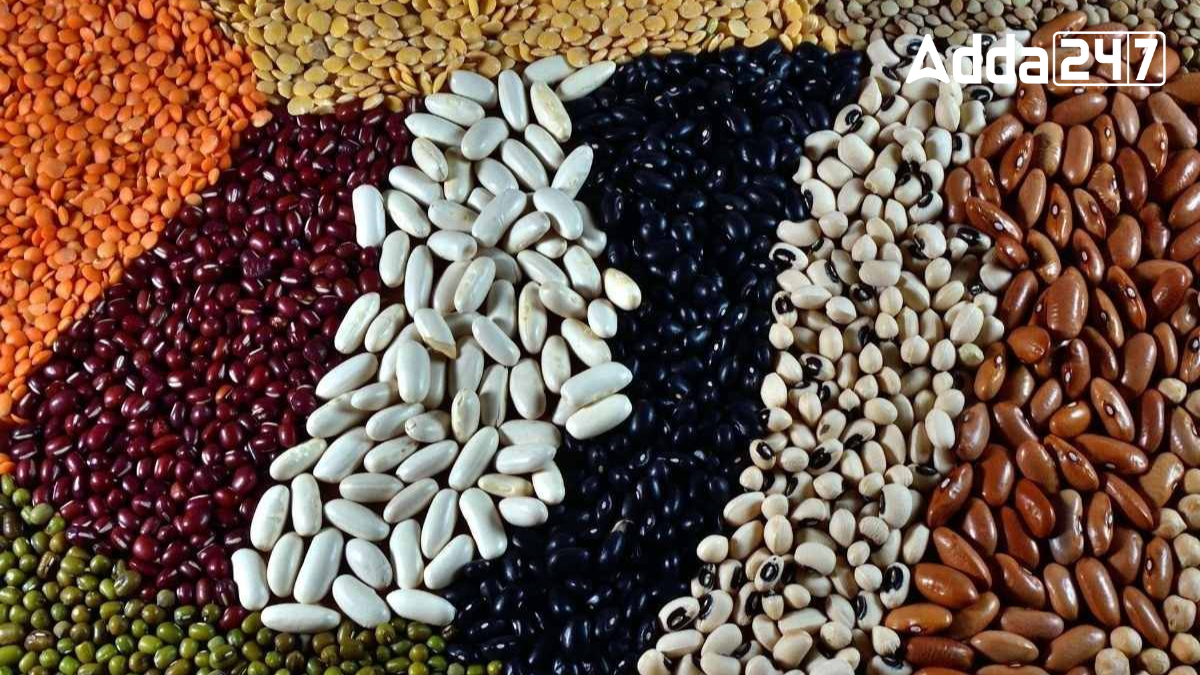India, known for its diverse culture and unique traditions, is predominantly an agricultural country. A significant portion of its population is engaged in agriculture, producing various major crops, including pulses. Pulses are a crucial part of the diet in India and abroad due to their high protein content. Let’s delve into the details about India’s largest pulse-producing state.
India’s Agricultural Landscape
India stands at the top globally in terms of pulse production. The country’s favorable climate and extensive agricultural land contribute to this achievement. Not only does India produce a vast quantity of pulses, but it also consumes a significant portion of them, making it the largest consumer of pulses in the world.
Largest Pulse Producing State in India
When discussing the largest pulse-producing state in India, Madhya Pradesh takes the lead. This central Indian state not only produces the highest quantity of pulses but also supplies them to various other states.
Production Statistics
In Madhya Pradesh, pulses are cultivated on approximately 5225 hectares of land. The total pulse production in the state reaches around 6210 metric tons. The state has seen a notable increase in pulse production, with a growth rate of 29%.
Types of Pulses Produced
Madhya Pradesh produces several varieties of pulses, including:
- Arhar (Pigeon Pea)
- Chana (Chickpea)
- Moong (Green Gram)
- Masoor (Lentil)
These pulses are grown in both the Rabi and Kharif seasons, ensuring a steady supply throughout the year.
Agricultural Workforce
Agriculture is the primary economic activity in Madhya Pradesh, with about 70% of the state’s population engaged in this sector. The prominence of agriculture in the state’s economy highlights its significant contribution to India’s overall agricultural output.




 Which Indian City is Known as the Footwe...
Which Indian City is Known as the Footwe...
 Which Desert is known as the Cold Desert...
Which Desert is known as the Cold Desert...
 Top-10 News Media Companies in the World...
Top-10 News Media Companies in the World...







